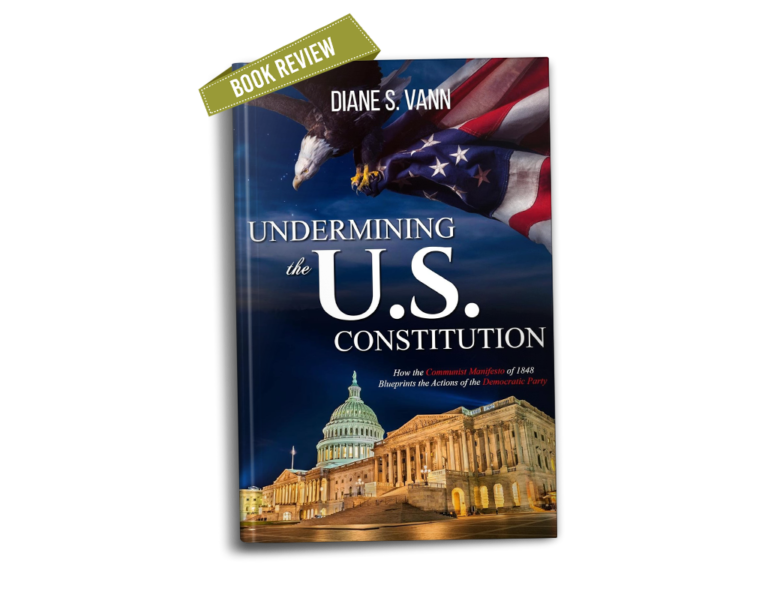Home » Undermining the U.S. Constitution | Reviewed By Mark Heisey for The US Review of Books


“The call is out now for the silent majority of taxpaying, hardworking Americans to become politically active without delay.”
America was founded on the principles and ideas that the original planners laid out in the Declaration of Independence and the Constitution of the United States. One of the results is that capitalism is a major component and driving force in how America operates. Communism directly opposes capitalism’s view that hard work leads to wealth which leads to owning property and improving one’s position in society. Communism directly opposes private property ownership and working to make money for someone else, hoping that one day excess wages will allow the individual to get into a position where they can own a company and have others work for them. Communists see the working class as mere property for the wealthy elite who hoard all the best for themselves and want only the minimum necessary for the masses to keep a workforce generating income and goods for the wealthy. Clashes between these two ideologies often play out on a global scale. However, many Americans who are not political centrists but fall on the further extremes of the two parties often use these ideologies to attack their political opposites. Those far on the Republican path tend to see Democrats as elite communists who want a one-world government meant to cater to the elites. In contrast, some Democrats see Republicans as authoritarian and tyrannical. Each group continually claims that they represent the silent majority.
In her thought-provoking work, Vann argues that Democrats have been actively pursuing a communist plan for decades and that the average American needs to wake up before it is too late to stop the nation from turning into a communist country. Vann points out various decisions and actions by political leaders to support this thesis. One that stands out is Agenda 21, nicknamed “The Communist Manifesto of 1992.” Vann talks about how this agreement, made by the United Nations and signed by representatives of 178 countries, including Republican President George H.W. Bush, is actively taking communism globally. She cites the Freedom Advocates online as pointing out how Mexico, Canada, and the United States are all part of this communist action from 1992, which looks to economically equalize these three countries and use NGOs (non-governmental organizations) to depopulate rural America and give all that property to the central authority. Additionally, Vann goes through a timeline of the actions of former President Barack Obama, a Democrat, and illustrates how various decisions taken during his presidency can be directly tied to The Communist Manifesto, a book written in 1848 by Karl Marx and Friedrich Engels, which talked directly about class struggles, social classes, production, and private property.
Vann’s writing is clear and well-researched. It is easy to follow her logic and see the ties she draws between current issues/leaders and communist texts and ideas. She uses simple sentence structure and basic language to put forth her thoughts on complex issues in understandable and easy-to-absorb arguments. The author’s work joins the plethora of books from both ends of the political spectrum currently being published that reference the silent majority as supporting a particular view, unveiling the increasing divisiveness within society. This book will undoubtedly provoke a lot of deep discussions and will likely appeal especially to those who share similar political views as those expressed in the text.
PAYMENT METHODS
